Carbs in my cat's diet, essential or not?
Are carbs essential to my cat's diet? Are there risks associated with a high-carb diet? Read all about it in this article and where we look at the somewhat misleading "grain-free" diet trend, which doesn't necessarily mean carb-free...
What are carbohydrates?
Carbohydrates, often referred to as "carbs," relate to substances made up of simple sugars. These sugars form more or less complex molecules with different properties.
Carbs can be classified into four groups depending on the cat’s ability to digest them:
- Absorbable carbohydrates: monosaccharides (such as glucose). They are absorbed directly by the body's digestive enzymes without prior hydrolysis.
- Digestible carbohydrates: these include disaccharides, some oligosaccharides, and non-structural polysaccharides like starch, for example. They’re hydrolysed and easily digested.
- Fermentable carbohydrates: lactose, pectins, some oligosaccharides, and resistant starch. They withstand enzymatic hydrolysis in the small intestine and are fermented in the colon.
- Non-digestible and non-fermentable carbohydrates or fibres: such as cellulose and lignin. They withstand enzymatic hydrolysis in the small intestine and fermentation in the large intestine.
There are two categories of fibres:
- soluble fibres: pectins, gums, fructo-oligosaccharides... Which are fermented by the bacteria found in the large intestine.
- insoluble fibre: Cellulose, hemicelluloses, lignin... All are non-fermentable. These increase transit speed and are found unaltered in the stool.
Are carbs essential to my cat's diet?
Our cats are "strict carnivores", which means they cannot do without meat in their diet. However, this does not mean that they should only eat meat. That would actually be dangerous for their health (as their diet would then be deficient).
Cats in the wild feed exclusively on small prey, which provides all their nutritional energy. They naturally prefer foods rich in animal fats, peptides, and certain amino acids found in muscle meat.
Carbs are non-essential to their diet. However, they can provide a good source of energy if provided in small amounts and particularly, in the case of starch, if they are properly cooked. Similarly, fibre, which is also non-essential, significantly improves transit and prevents constipation.
As a strict carnivore, the cat's carbohydrate metabolism differs from that of omnivores.
The enzymes necessary for the enzymatic digestion of carbs in the small intestine are in short supply in cats.
Starch, inevitably presents in dry food
The raw materials used in the production of industrial food can be animal or plant-based.
Half of plant-based raw materials consist of grain (wheat, barley, corn...) and legumes (pea flour, soy...). The other half consists of processed plant by-products (low-grade flours, other screening by-products, starch by-products...).
Dry food is an extruded food, which inevitably contains starch. It’s what gives it its airy and crunchy texture. However, starch is not essential for the production of wet food.
What is grain-free dry food?
The "grain-free" cats' diet is a current trend. Many now prioritise this type of diet for their pets, to mimic a cat's carnivorous nature.
However, "grain-free" does not mean "carb-free".
As starch is essential in the production of dry food, so some manufacturers use other sources such as potatoes, tapioca, sweet potatoes, lentils, etc. all of which provide a lot of carbs. Some dry foods can contain up to 50% carbs.
It's important to check the carbohydrate content of dry food. At Ziggy, our dry food contains potato starch - we didn't have a choice - but we cook it gently to maintain a low glycemic index (GI). Our dry food for neutered adult cats and kittens contains a maximum of between 18% and 25% carbs!
As for legumes, they can sometimes be difficult to digest.

What are the risks of my cat having a high-carb diet?
The consumption of high-carb dry food in neutered and sedentary adult cats can lead to a cat becoming overweight. It’s also been suggested that carb-rich foods, such as dry food, could increase insulin secretion and a cat’s chances of developing diabetes.
Additionally, if a cat doesn't drink enough water on a dry food diet, they risk suffering from chronic dehydration, which increases urine concentration and the risk of developing urinary stones. Starch exacerbates this phenomenon, leading to the alkalisation of urine, making them susceptible to struvite kidney stones.
Ziggy wet food contains less than 2% carbs
Our wet food for cats is deliberately low in carbs. It's starch-free and contains no grain, no tubers, no legumes, and is always under 2% carbs (which are naturally present in meat and vegetables). In short, it only contains what your cat needs to remain healthy and avoid dreaded vet bills.
How much do you know about feline nutrition? Test your knowledge with our quiz!

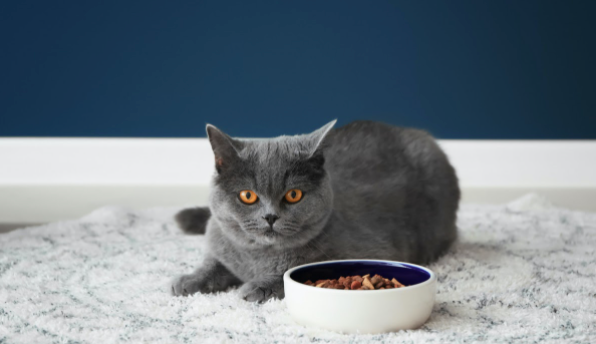
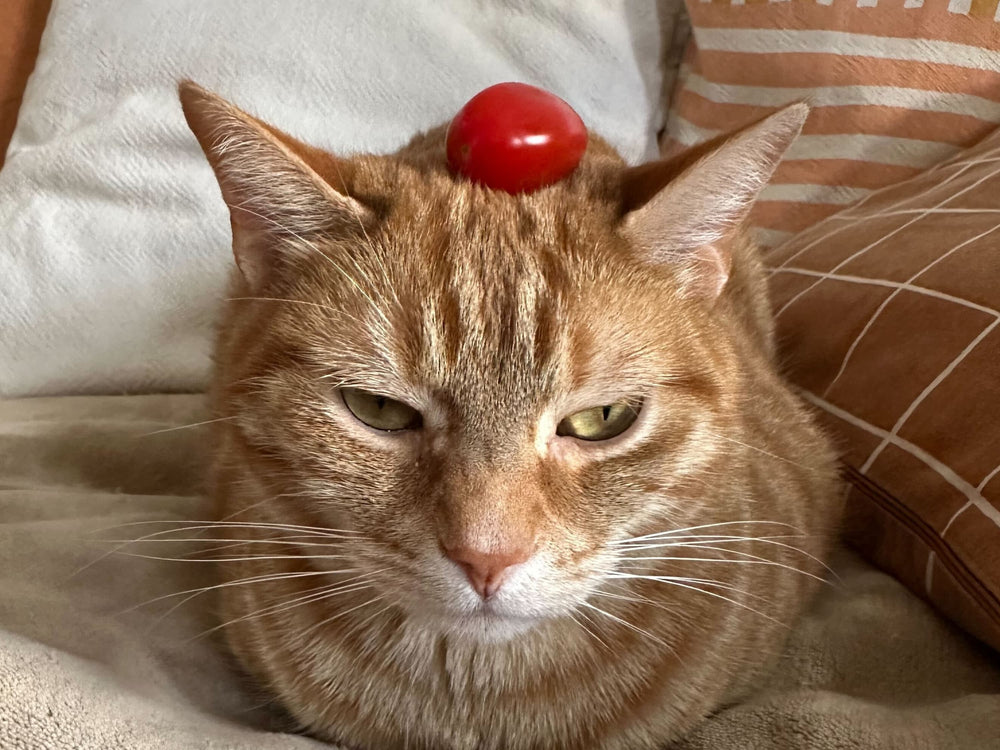
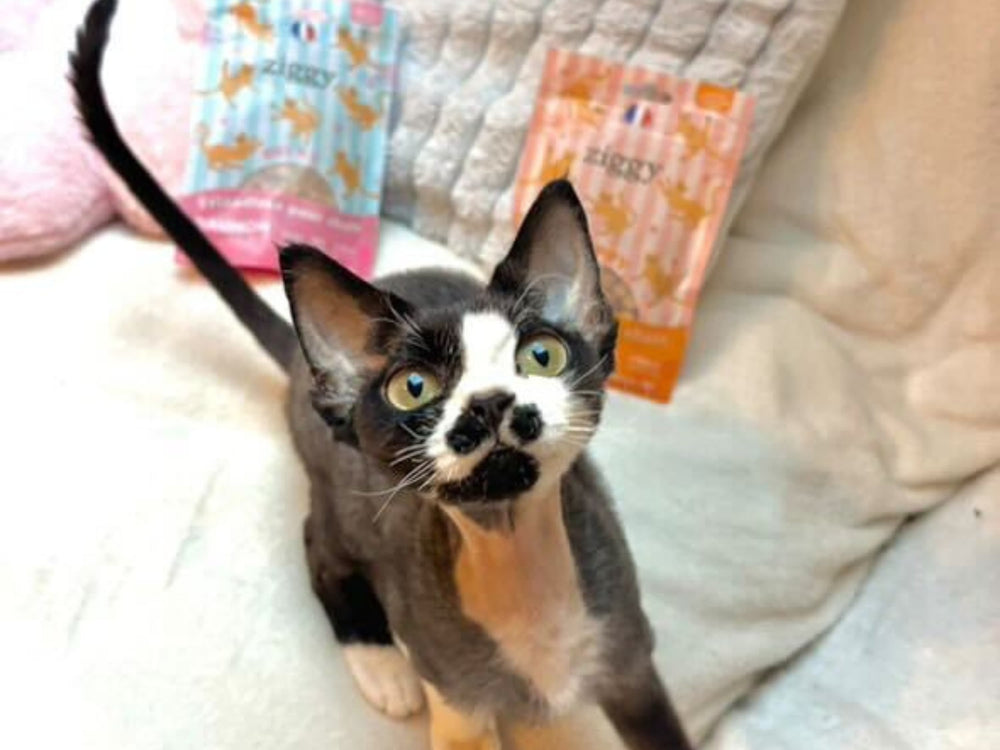
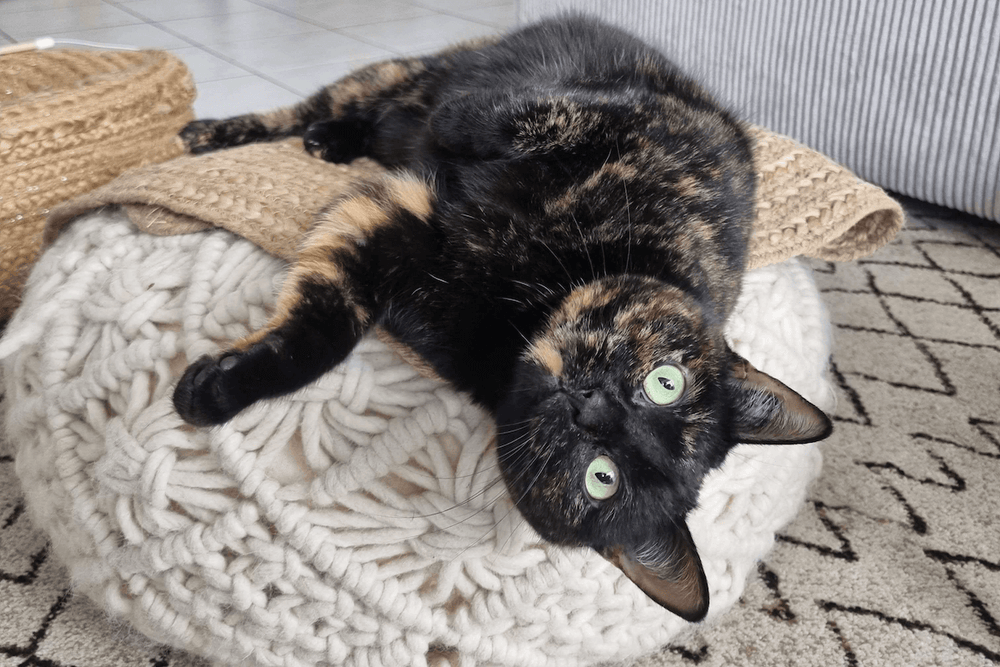
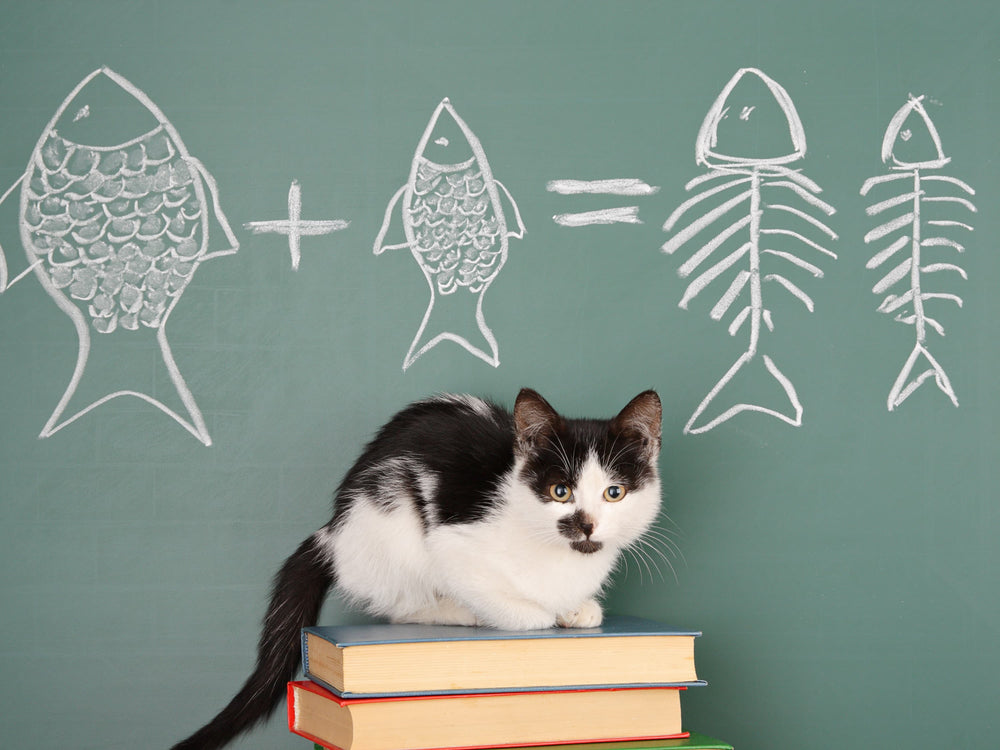
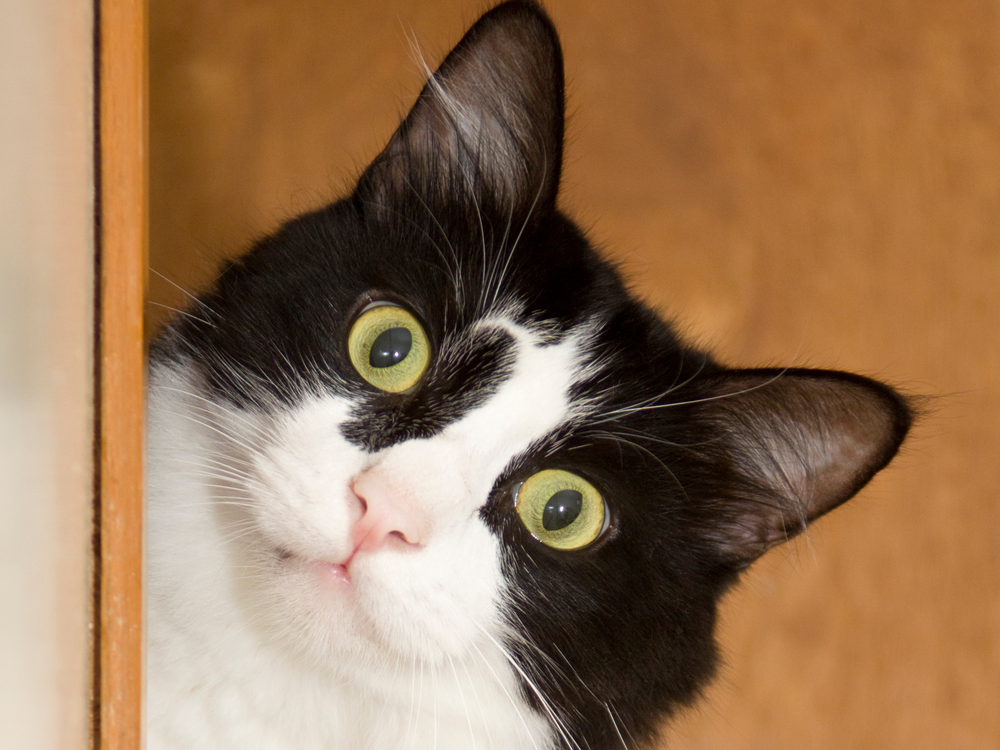
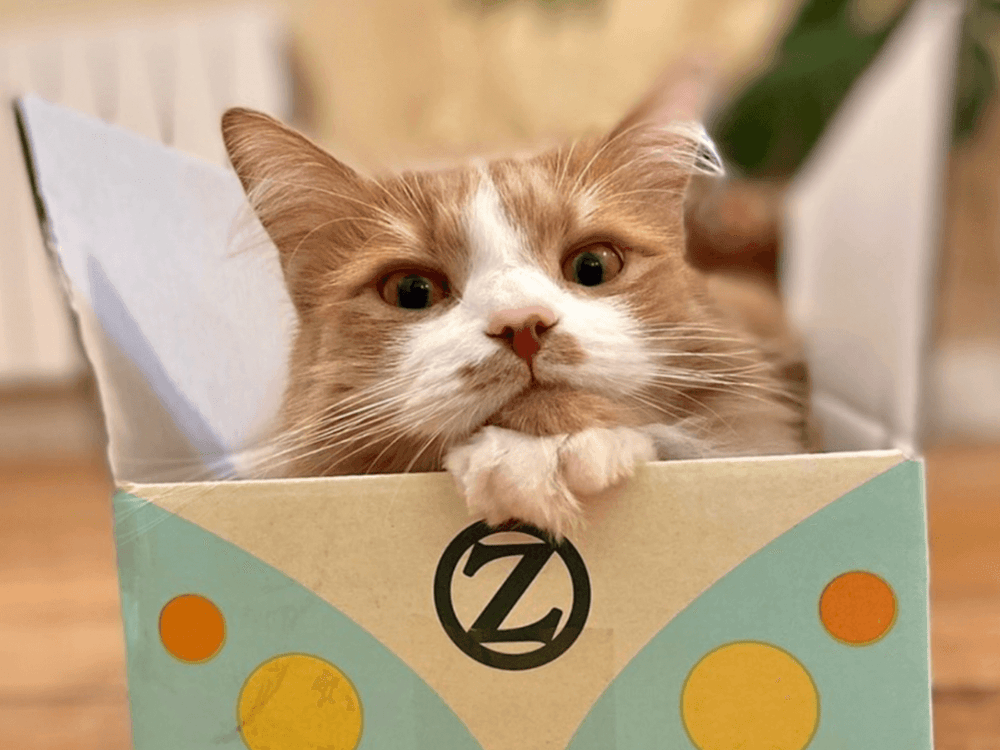

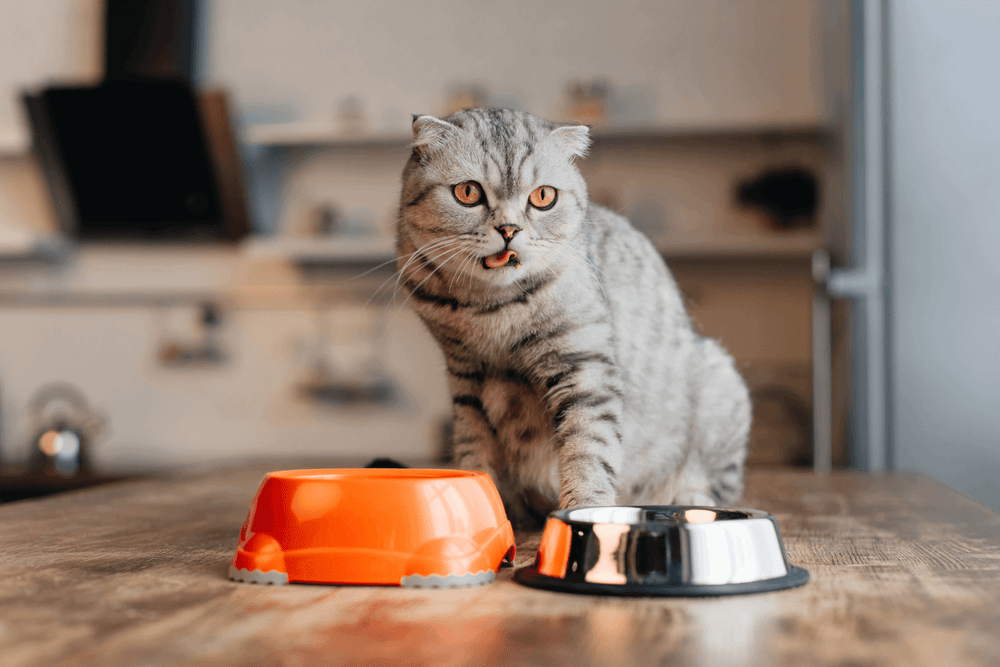
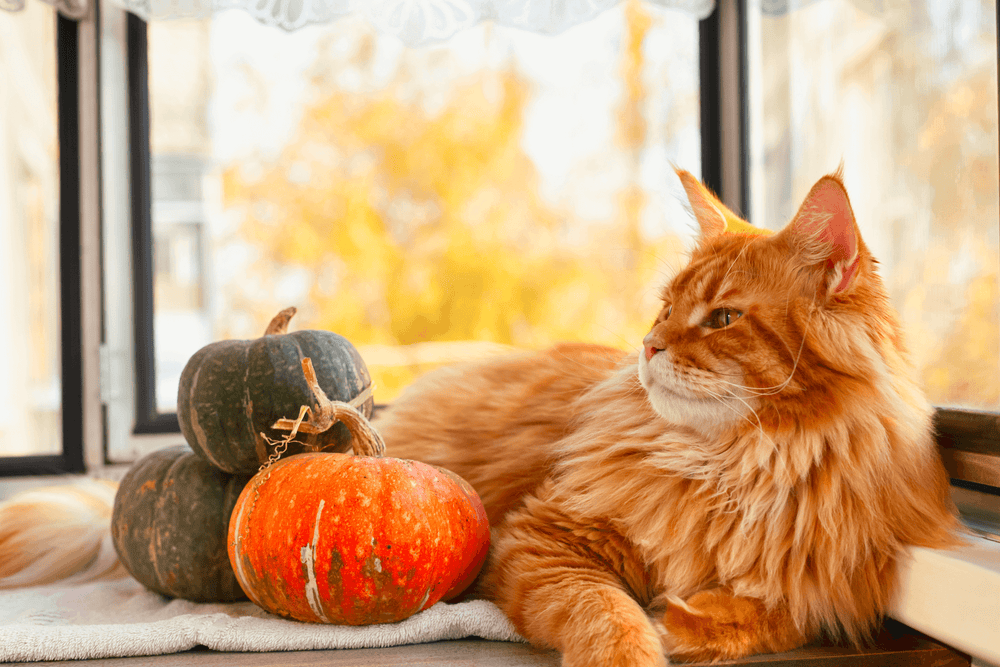
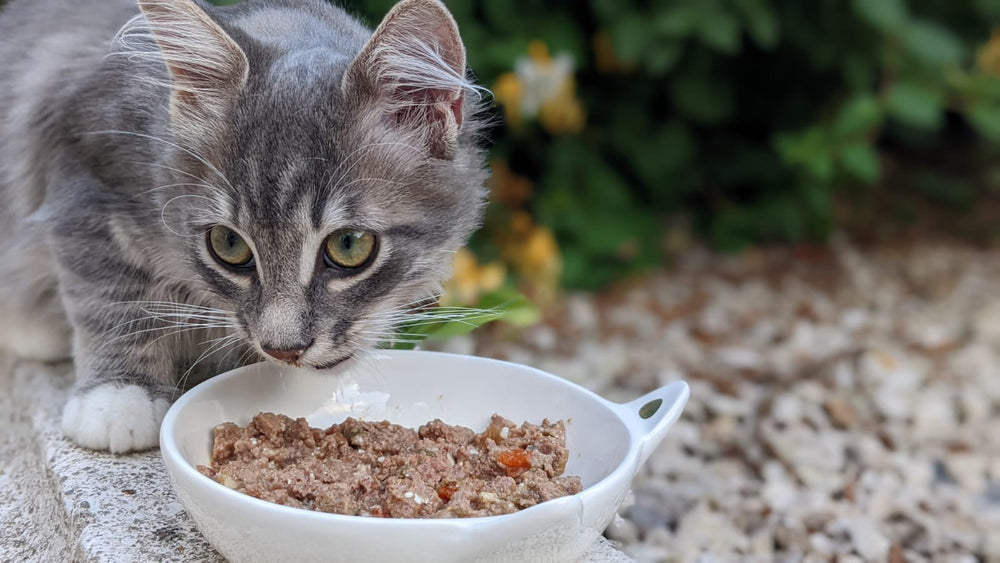
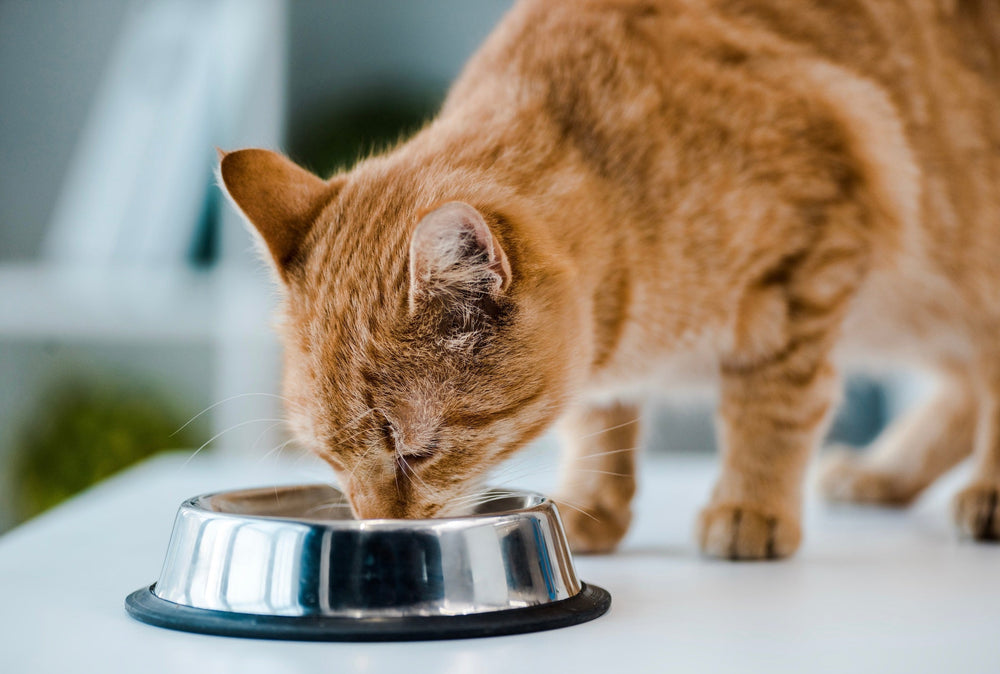
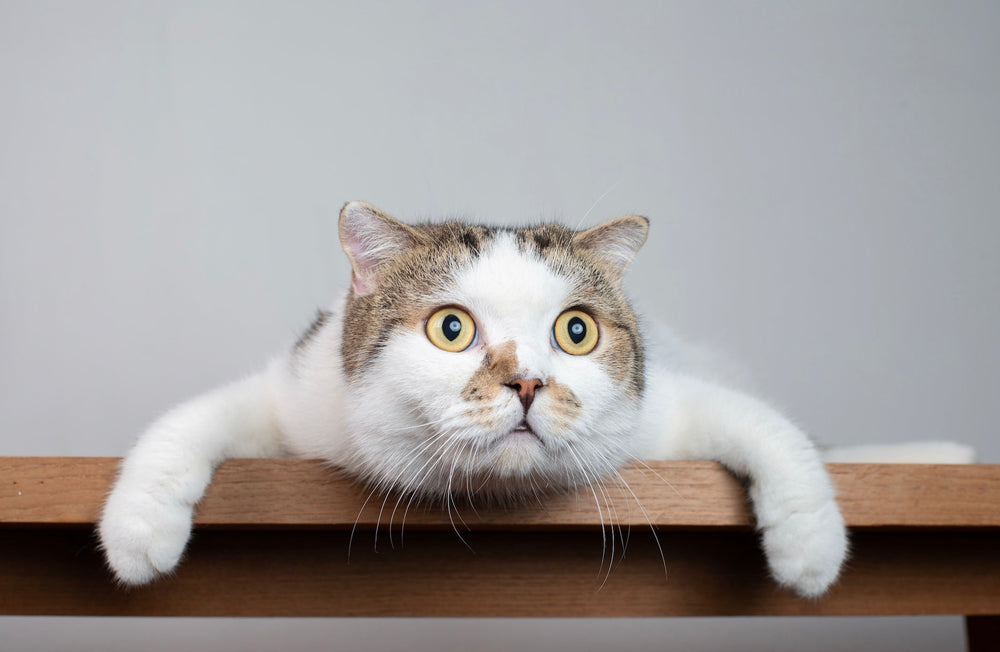
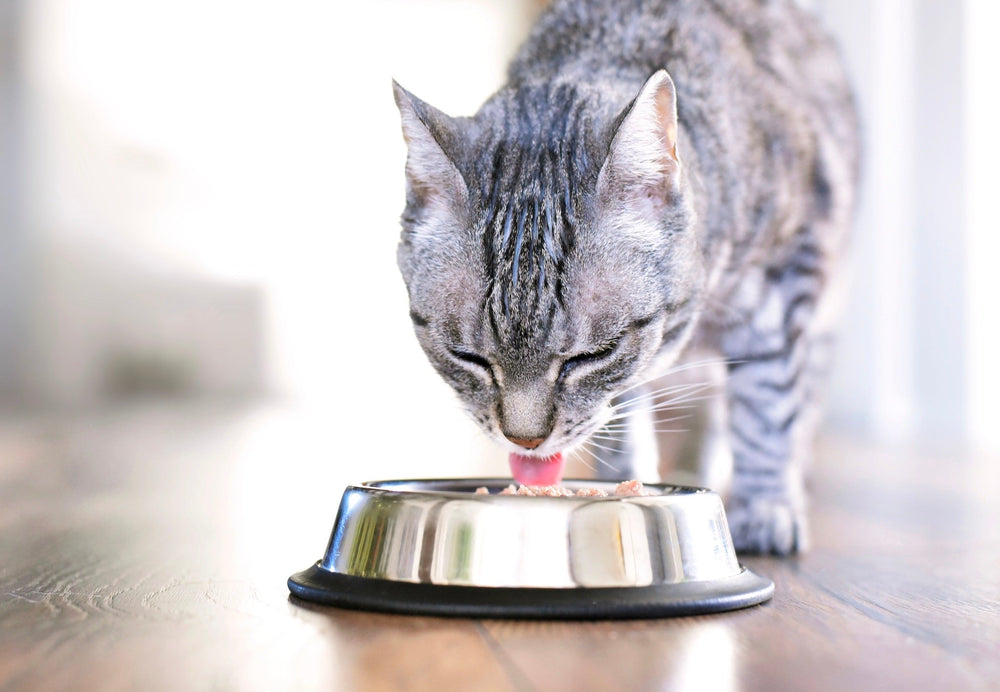

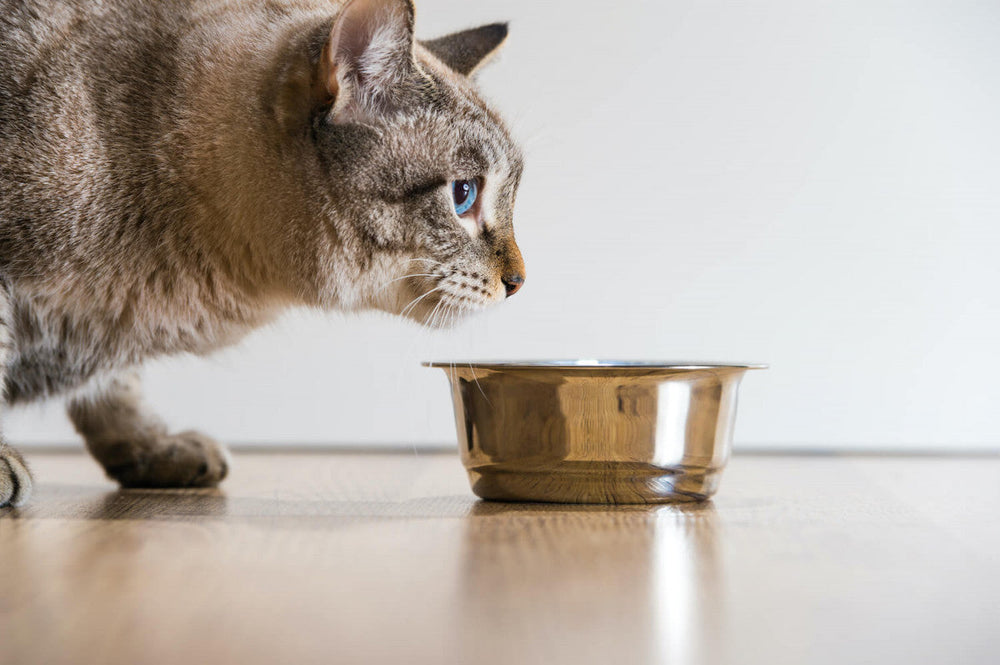
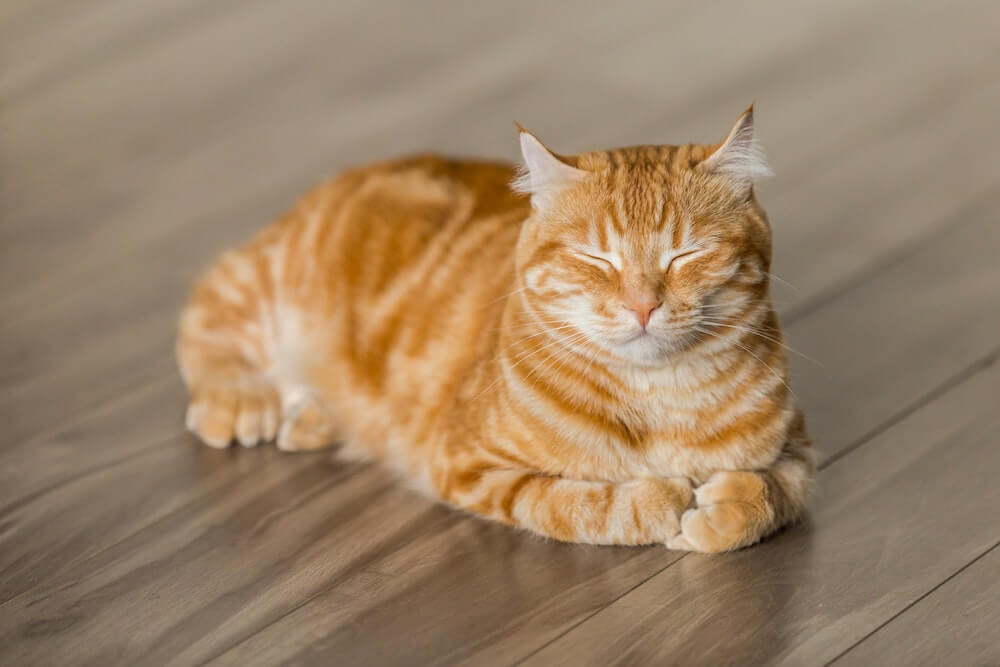
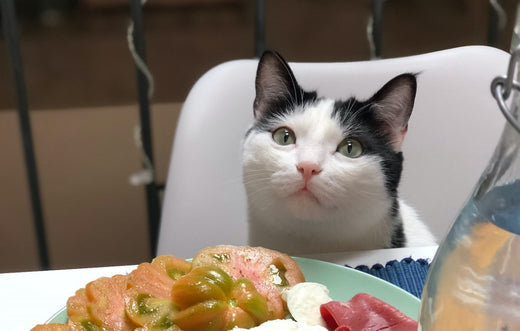
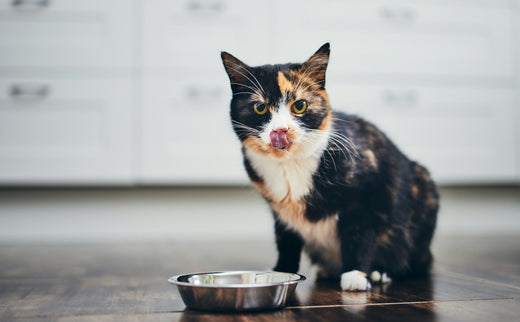
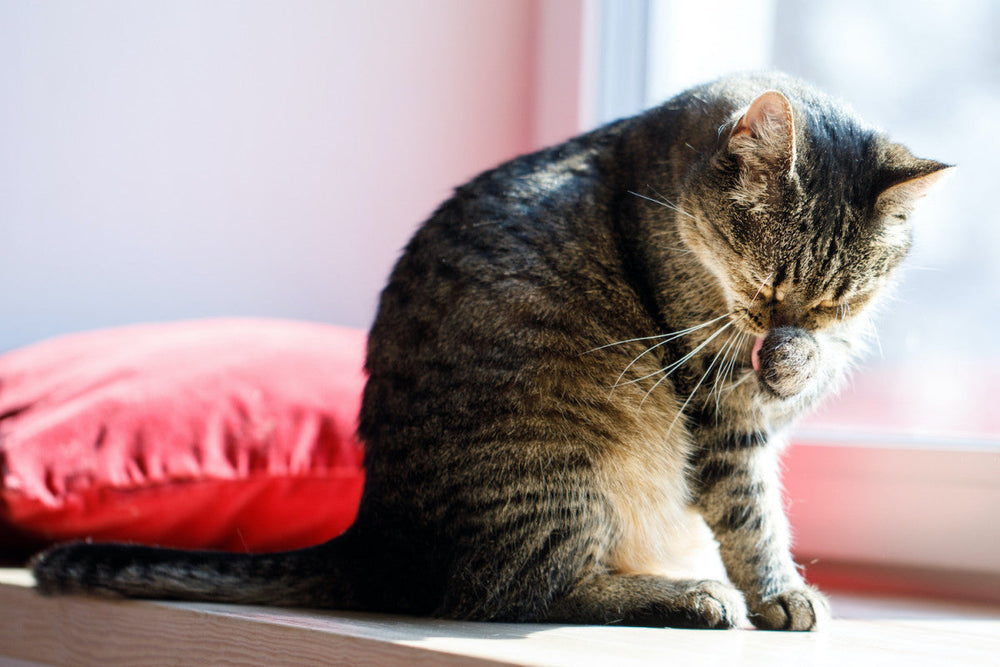
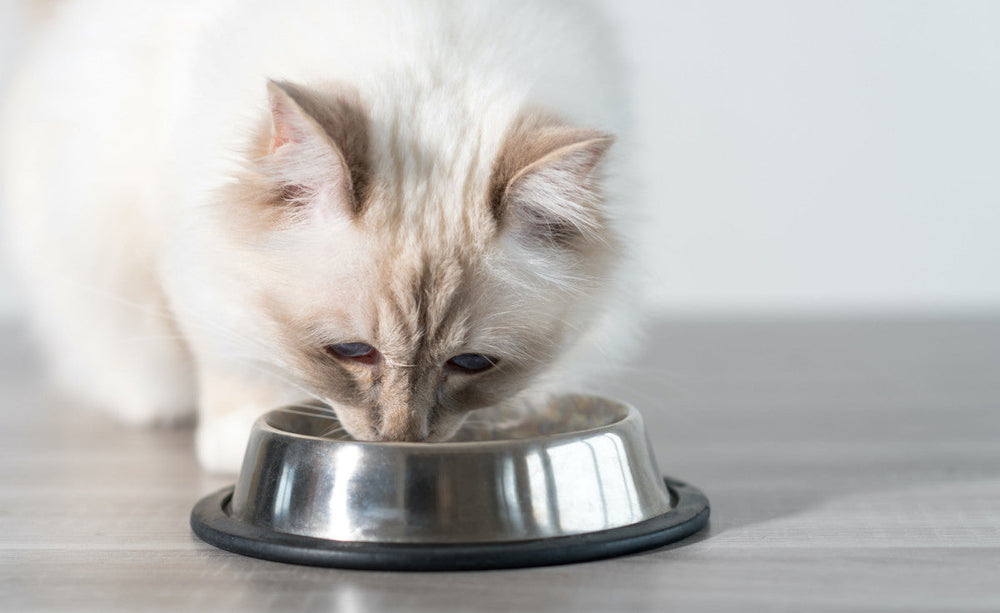
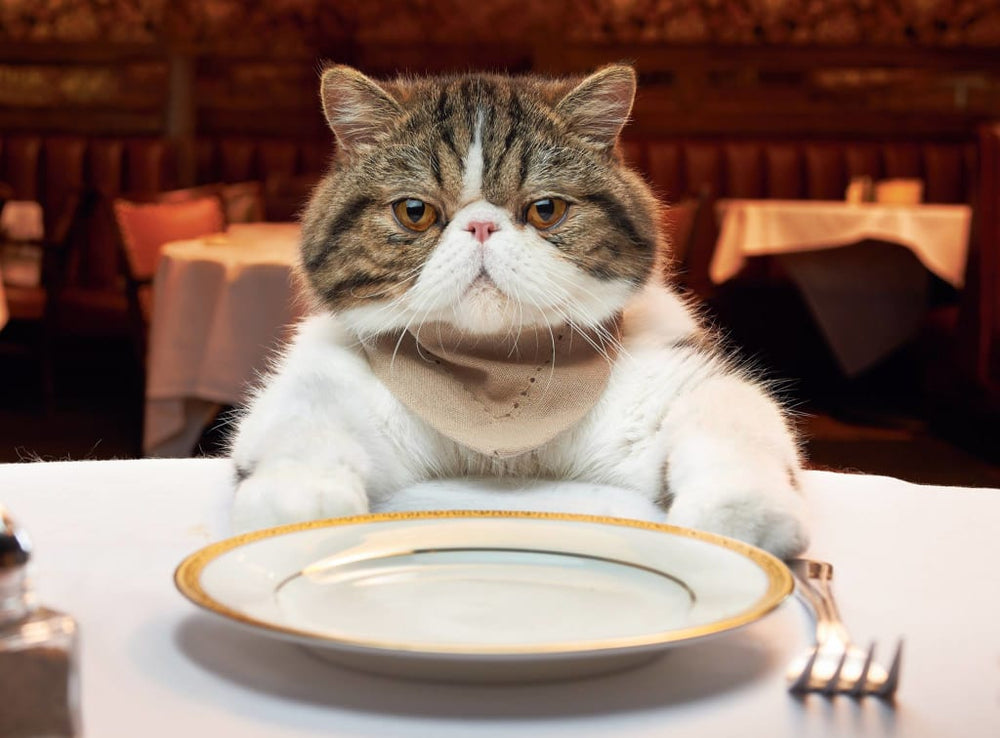
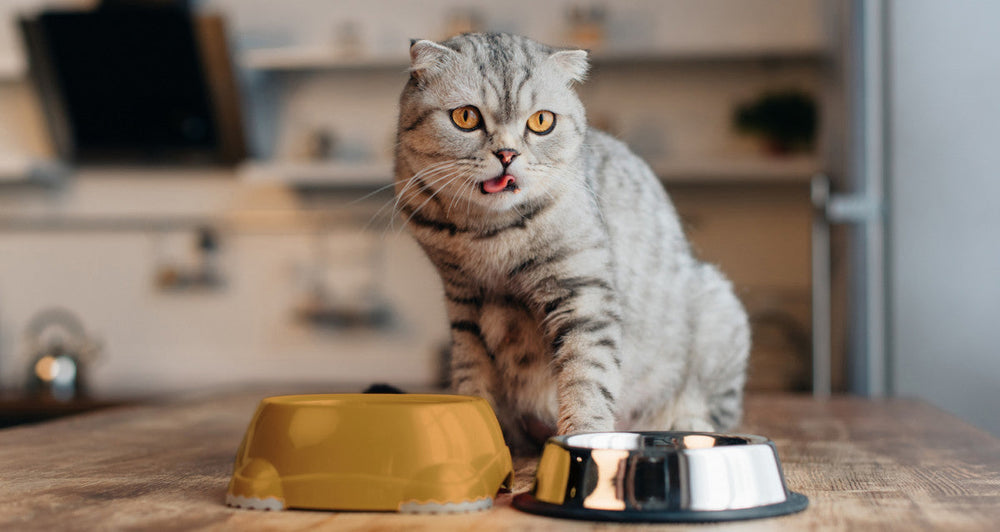
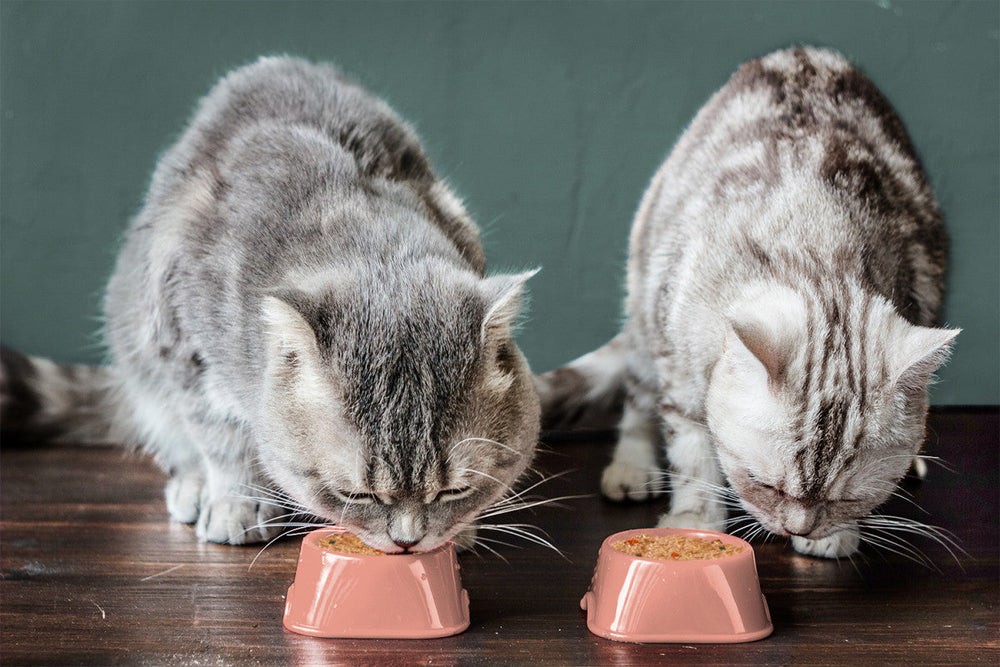
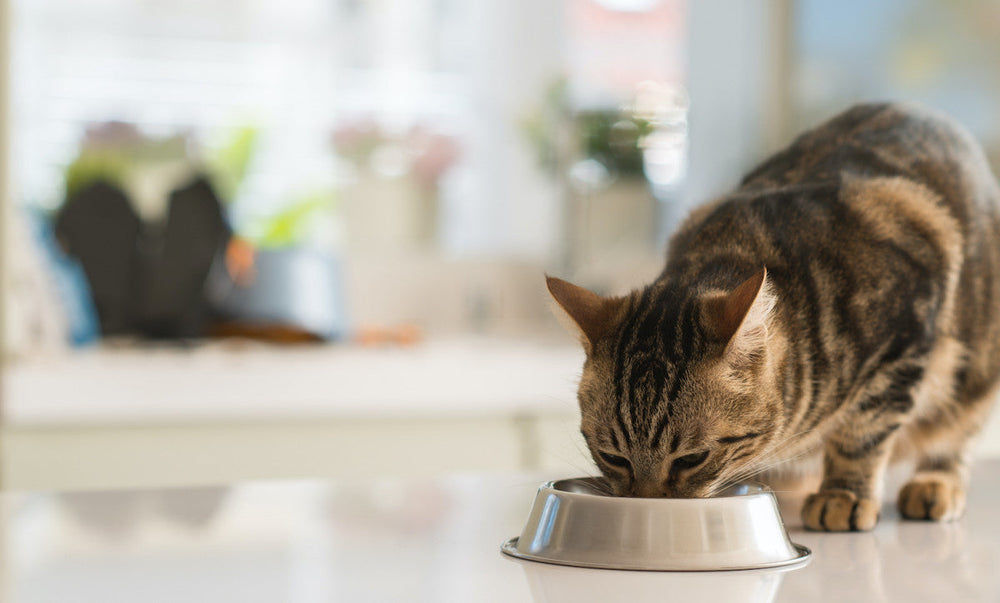
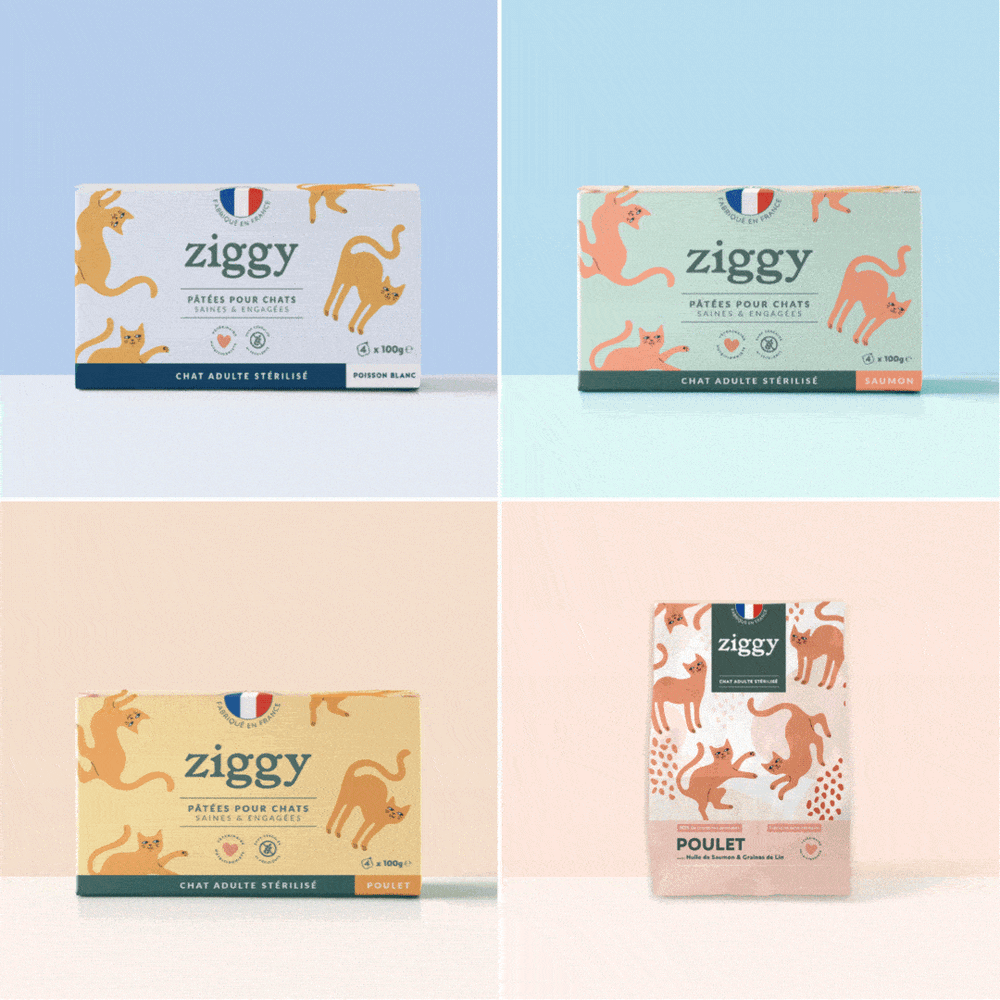
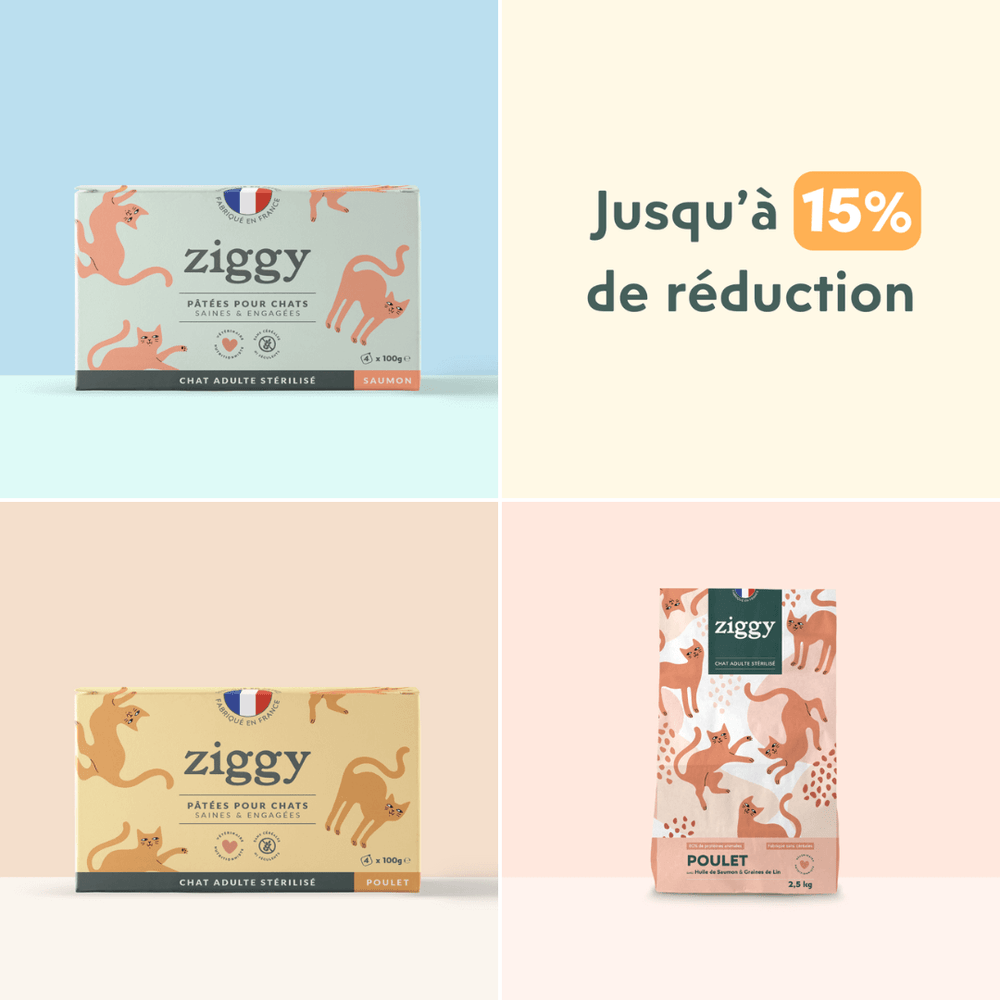





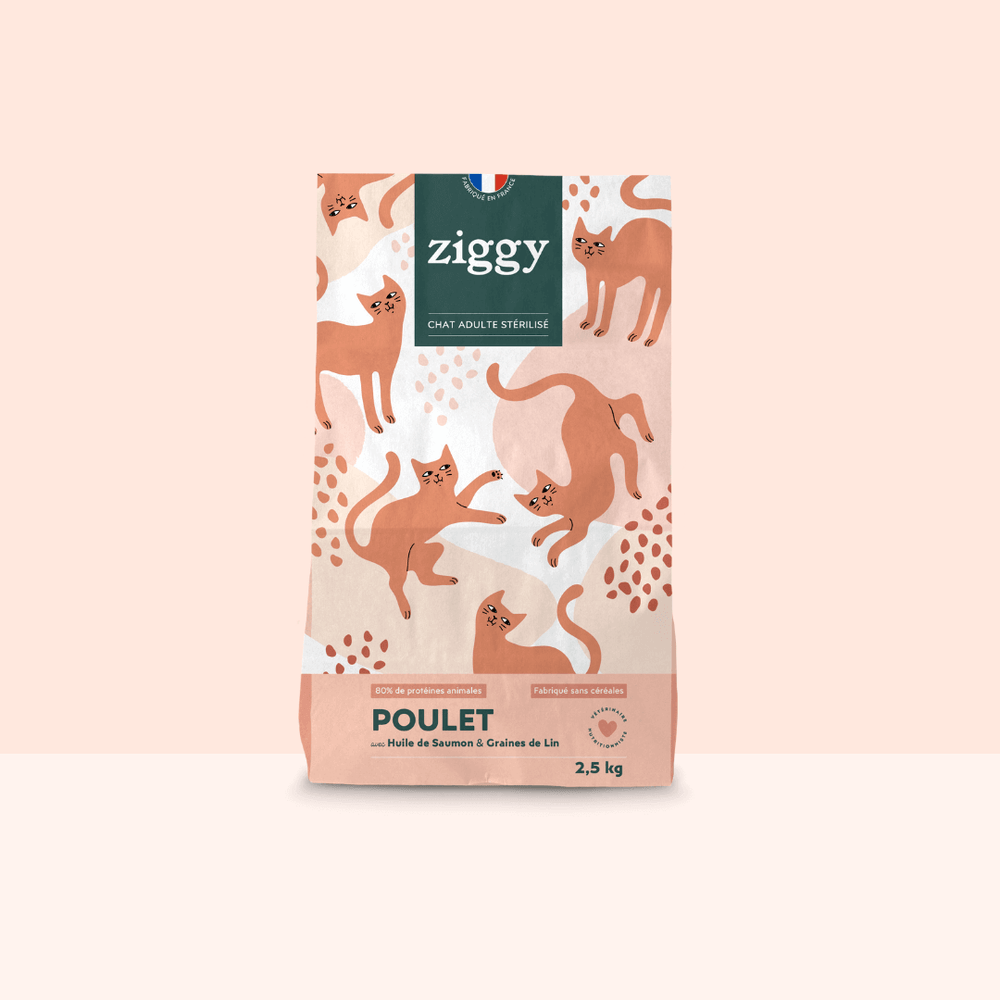
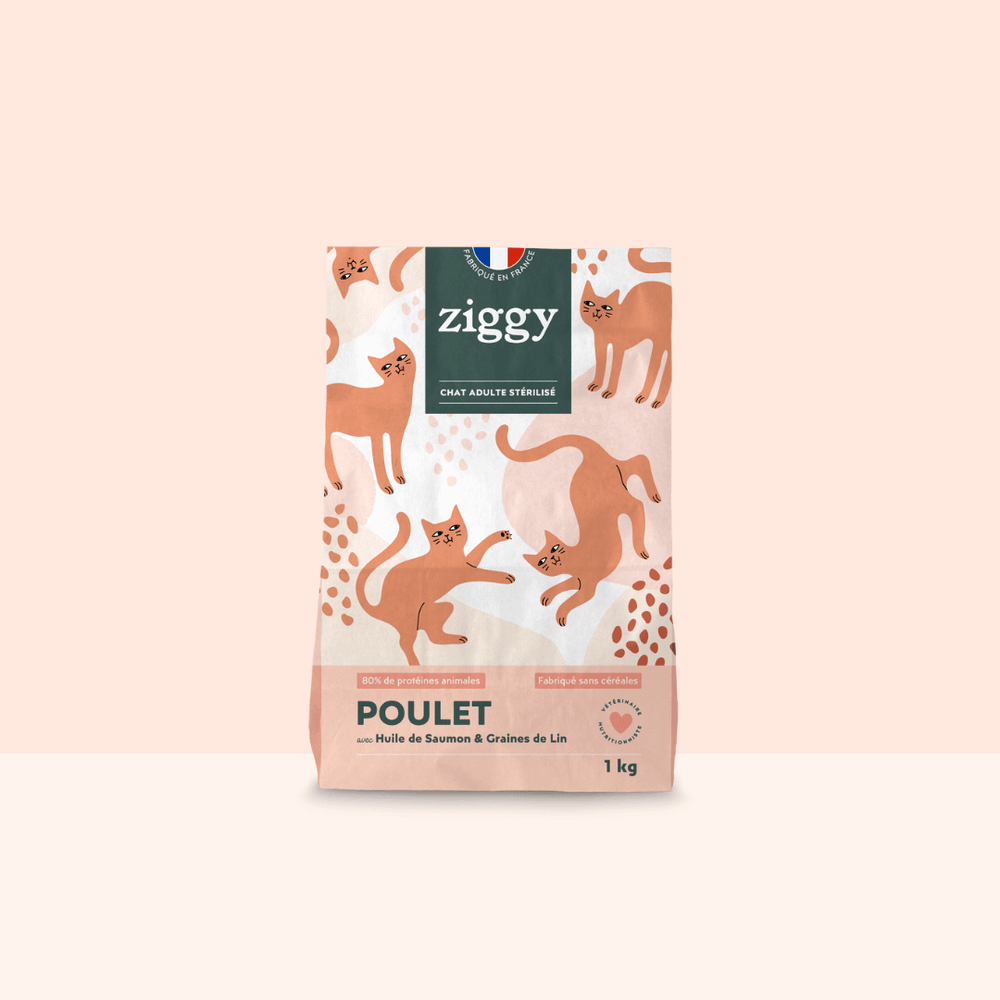
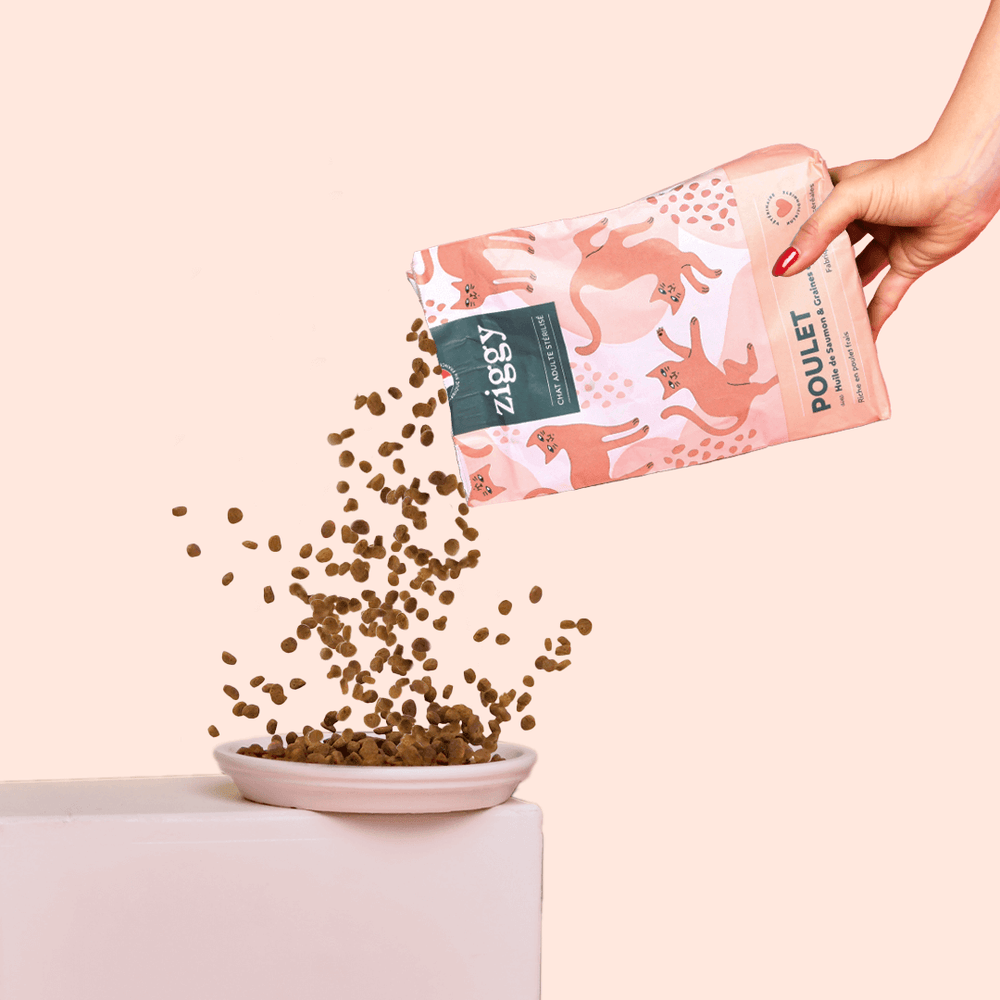
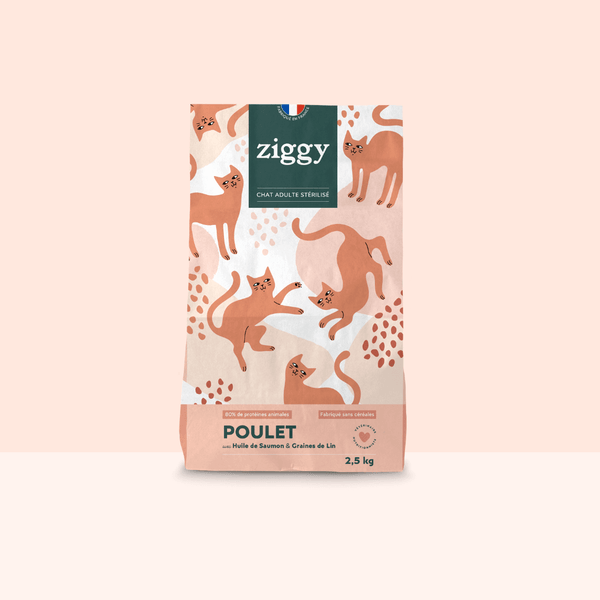

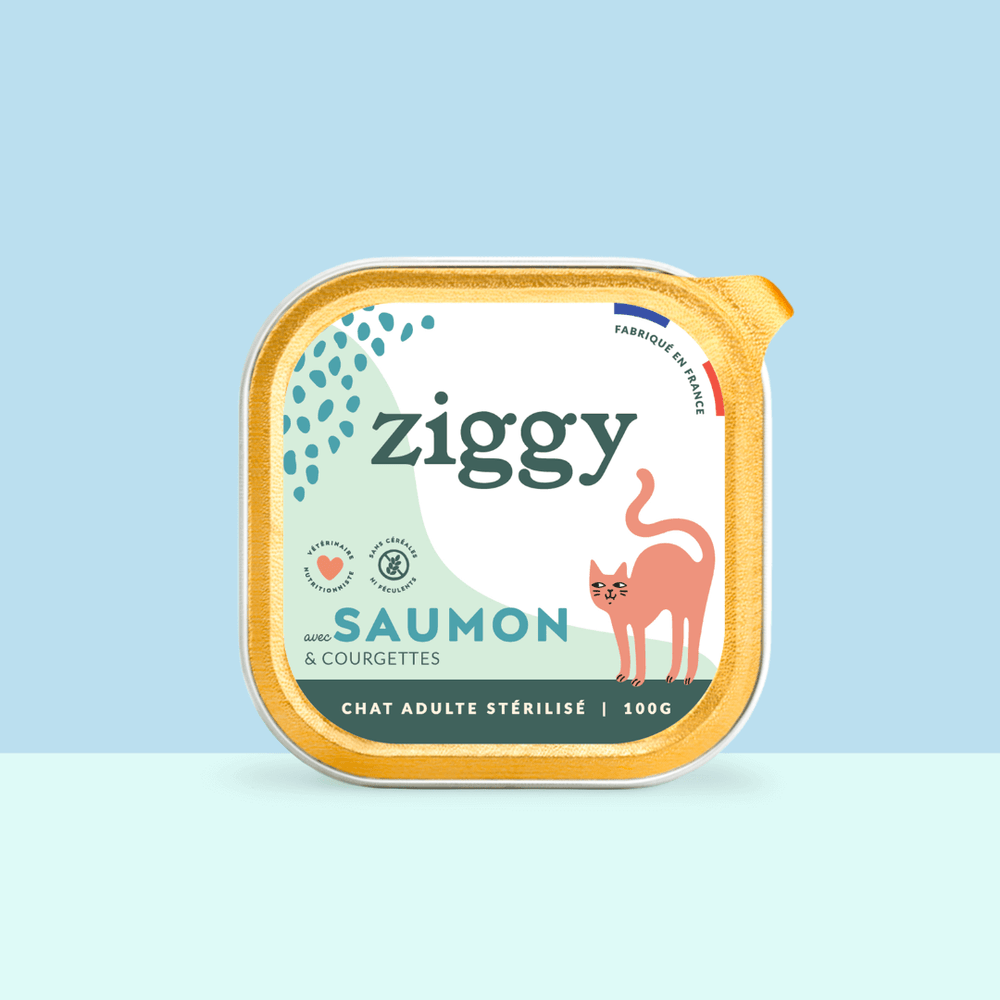
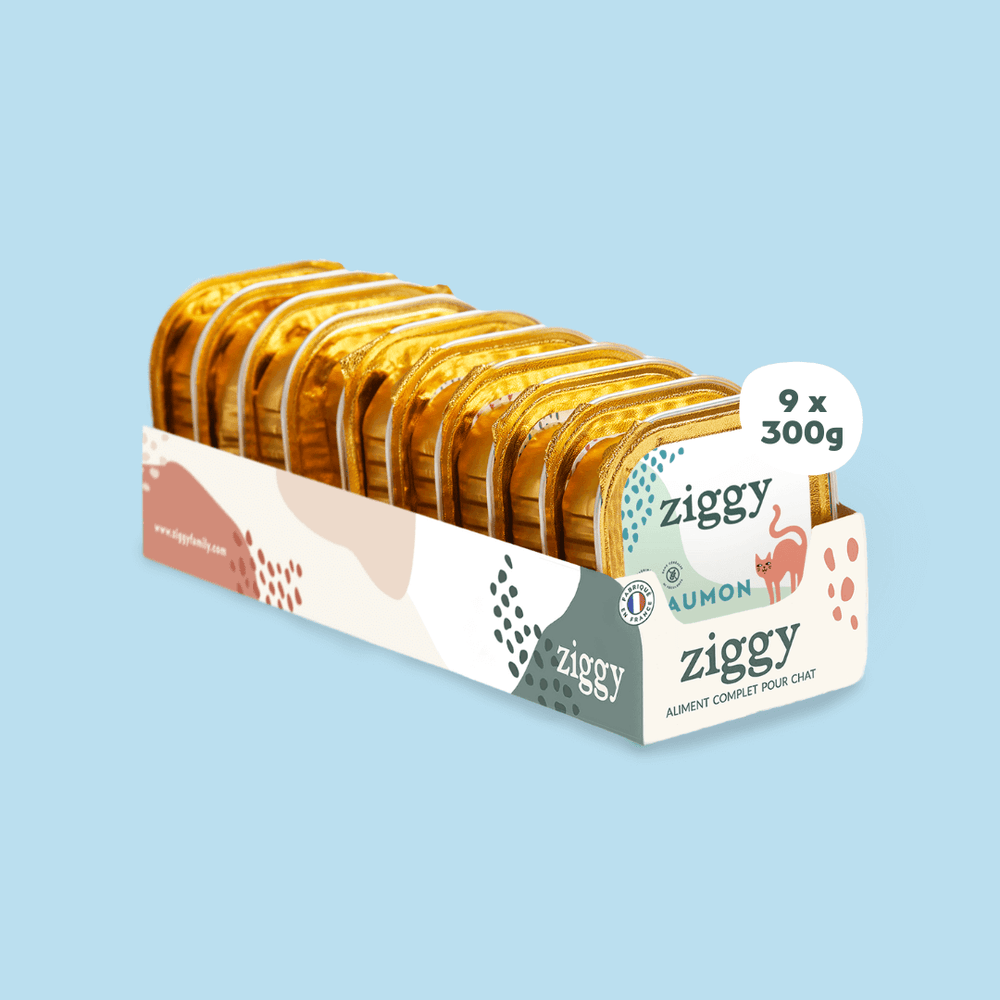
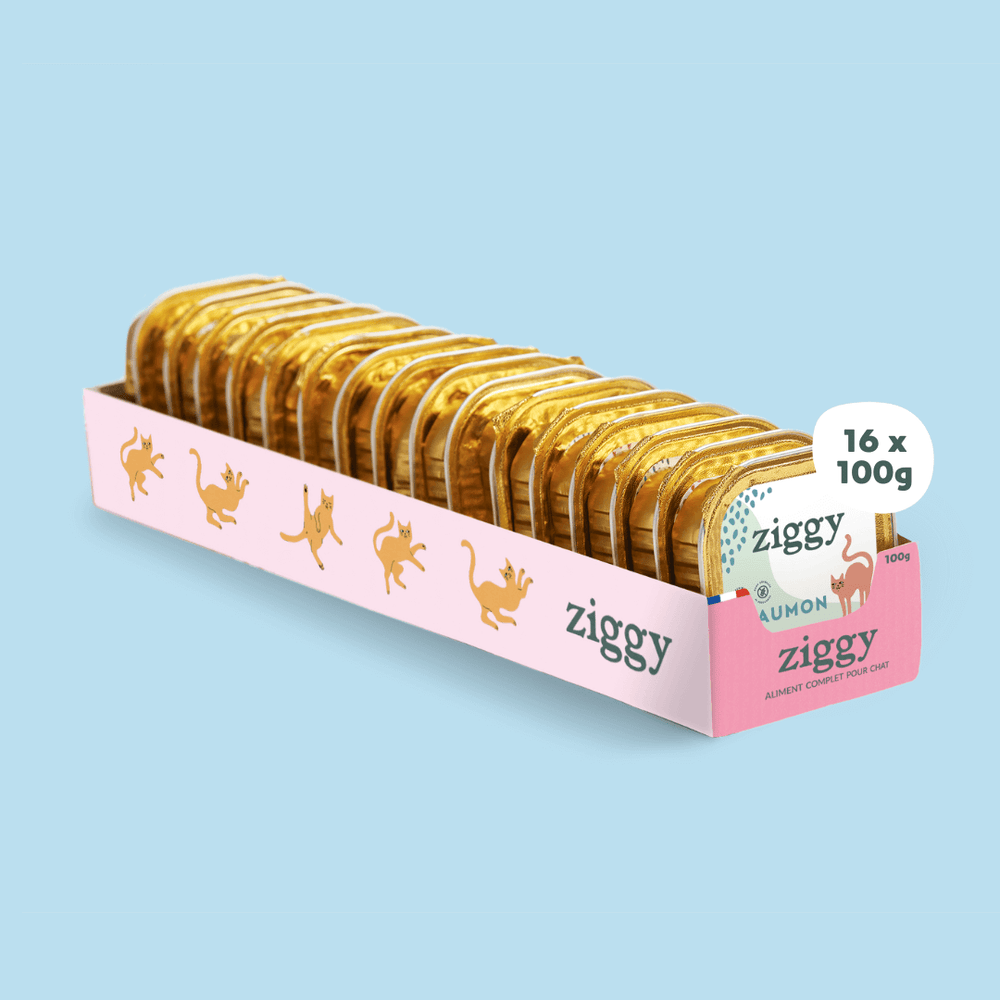
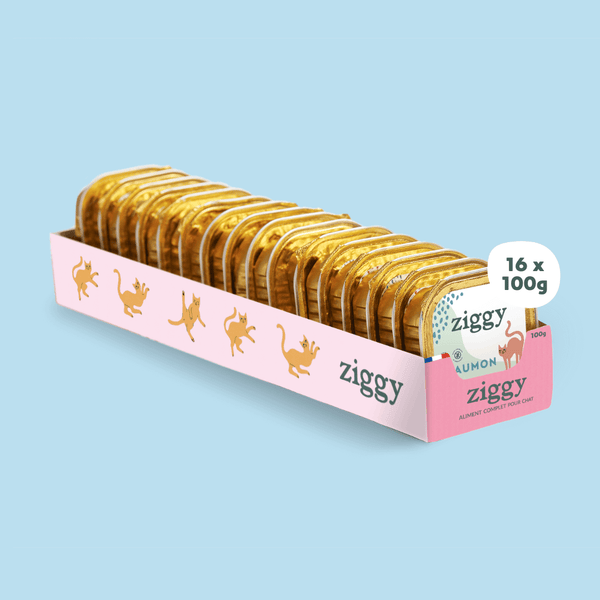
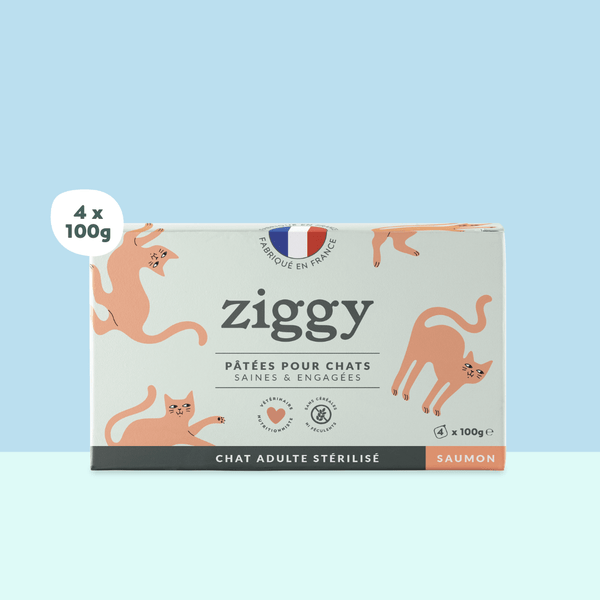
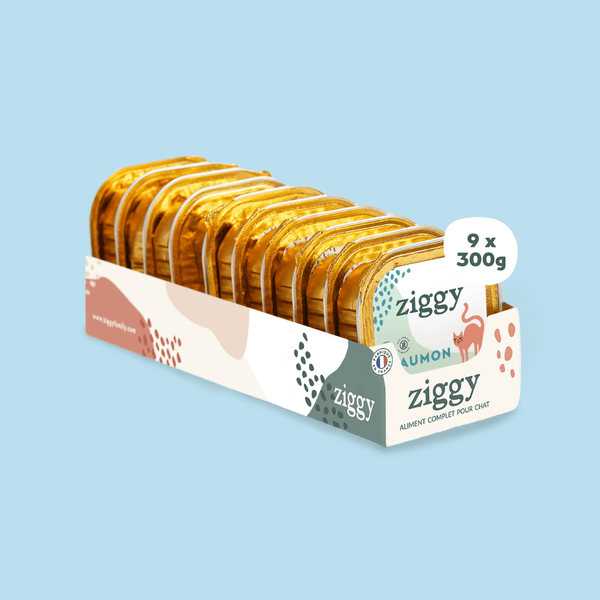


Leave a comment